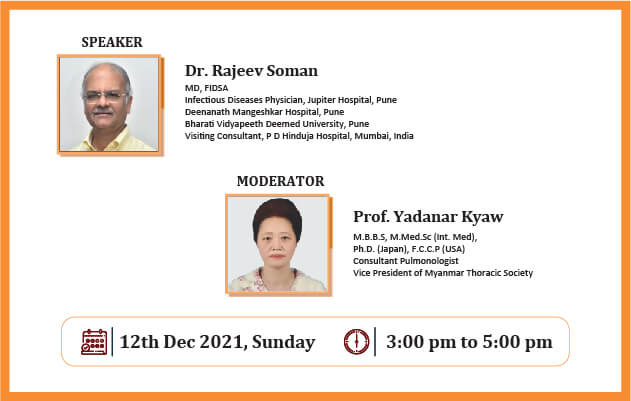
Antimicrobial resistance: Public-private collaboration and policy reforms can amplify R&D efforts
The COVID-19 pandemic has been a direct threat to our health and wealth. It is also a warning of the public health and economic crises awaiting if we do not address the threat of antimicrobial resistance (AMR). Nearly 700,000 deaths per year worldwide are attributed to AMR, with a potential annual loss of up to $3.4 trillion by 2030. After the conference, the comprehensive GRAM study was released in the Lancet, attributing 1.27 million deaths in 2019 to drug-resistant bacteria. In a post antimicrobial resistance era, today’s routine medical and surgical procedures would become a game of Russian roulette.
Resistance occurs when microorganisms undergo changes that render medicines used to treat them ineffective, leaving patients vulnerable to illness, adverse events, or death. Physicians need new drugs to treat patients with resistant infections but also need to preserve the effectiveness of existing antibiotics. There are several established contributors to antimicrobial resistance including agricultural misuse, environmental pollution and poor pollution controls during production, clinician overprescription of existing medicines to meet patient demand, and patient nonadherence to established treatment protocols.
Stewardship programs seek to improve patient outcomes at the organizational level by promoting the responsible use of antimicrobials; these programs use strategies such as monitoring the dose, duration, and administration route of antimicrobials to maintain their effectiveness. Stewardship efforts can also go beyond individual health care interventions to foster and monitor the judicious use of anti-microbial resistance, addressing medical and more systemic overuse concerns.
The Challenge Of AMR
AMR presents a challenge to pharmaceutical companies engaging in new drug development: When new antimicrobials come to market, medical providers face incentives to not use them, limiting sales. Published research estimates that the average revenue generated from an antibiotic’s sale is only about $46 million per year and the median is just $16 million. This revenue is very limited in comparison to other successful products and “nowhere near the amount needed to justify the investment,” according to Kasim Kutay, chief executive of Novo Holdings, a Danish investment firm focused on the life sciences. Thus, while stewardship is the correct response for public health, it makes it hard for pharmaceutical companies to justify risky and expensive investments in the research and development of next generation antibiotics.
Over the past decade, several promising solutions to these market failures have been implemented or proposed. In 2010, the Infectious Disease Society of America (IDSA) launched the 10 x ’20 initiative, calling for the development of 10 new antibiotics by 2020. The initiative, in combination with additional activities, proved to be a numerical success: By 2020, 18 new antibacterials had been approved by the US, Japan, or European Union member countries.
However, access to these products has been a challenge. The only high-income countries that have approved for sale the majority of the 18 new antibacterials are the US, UK, and Sweden. Prospects for global access in the poorer countries around the world remain limited.
Moreover, sales remain limited. Among the 18 new antibiotics, just three of them have made more than a hundred million dollars in sales. Overall, among new antibacterials launched since January 2010, total US sales in the annual period ending June 2020 were $714.3 million collectively. This is approximately on par with sales of one new oncology product during the same time period.
Finally, most new antibacterials developed under this initiative have not been judged as sufficiently innovative by the wider scientific community. In the past decade, many established pharmaceutical company leaders have left the AMR drug development space, leaving small- and medium-size enterprises engaged in the field. The latter have smaller staffs and fewer financial resources compared to more-established companies. Among the 18 new antibacterials approved in the past decade, sponsors of four of those drugs have filed for Chapter 11 bankruptcy since April 2019 and several others have reported serious economic losses.
Visit DocMode for Courses and lectures






